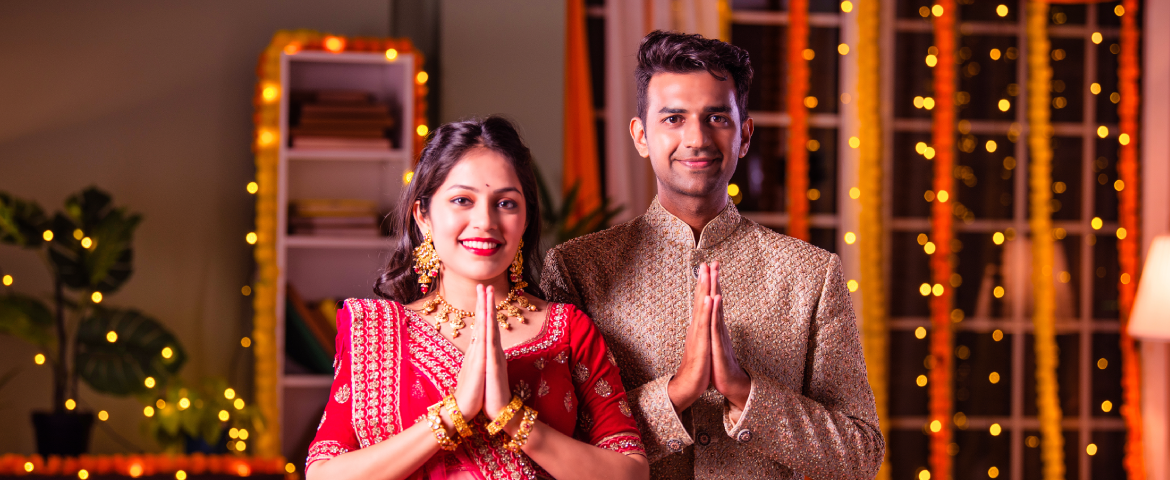India is known for its hospitality, and locals will often welcome you with open arms, but they also appreciate when visitors make an effort to follow the local norms. When visiting, it’s important to understand and respect the customs and etiquette that are deeply rooted in daily life. Simple gestures of respect can go a long way in helping you connect with people and feel more comfortable in unfamiliar surroundings.
Greetings and Social Interactions
One of the most common greetings in India is “Namaste,” which involves pressing your palms together and slightly bowing your head. It’s a polite way to say hello, and you’ll see it used often, especially in more formal or traditional settings.
Physical contact, like shaking hands, is common among men, but it’s less common between men and women in more conservative areas. It’s best to wait and see how the local person initiates the greeting before extending your hand.
Modest Dress
Wearing modest clothing shows respect for the local culture and helps avoid unnecessary attention. For both men and women, covering your shoulders, chest, and legs is recommended, especially when visiting religious sites or rural areas.
Many tourists choose to wear traditional Indian clothing, such as a kurta or salwar kameez, which not only helps you fit in but is also comfortable in India’s hot climate.
Respect Religious Customs
India is home to many religions, including Hinduism, Islam, Christianity, and Sikhism, and each has its own customs and traditions. When visiting religious sites, it’s important to follow the local practices. Always remove your shoes before entering a place of worship.
In some temples, you may be required to cover your head, so it’s a good idea to carry a scarf with you. Photography inside religious buildings is often restricted, so make sure to ask before taking pictures.
Use Your Right Hand
In India, the right hand is used for most interactions, such as eating, giving, or receiving items. The left hand is considered unclean because it is traditionally used for personal hygiene.
When you’re offering someone money, food, or a gift, always use your right hand or both hands as a gesture of politeness. This small detail is important to remember, especially in social settings or when dining with locals.
Avoid Public Displays of Affection
Public displays of affection, like hugging or kissing, are not common in India and are often considered inappropriate, especially in rural or conservative areas.
While you may see young couples holding hands in some urban areas, it’s still best to be mindful of your surroundings. Keeping public behavior modest and respectful will help you avoid uncomfortable situations and fit in with local norms.
Conclusion
By respecting the local customs and etiquette in India, you show appreciation for the country’s rich cultural heritage. Simple actions like greeting people politely, dressing modestly, and being mindful of religious practices can make your experience in India more meaningful and respectful.


